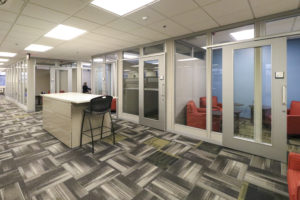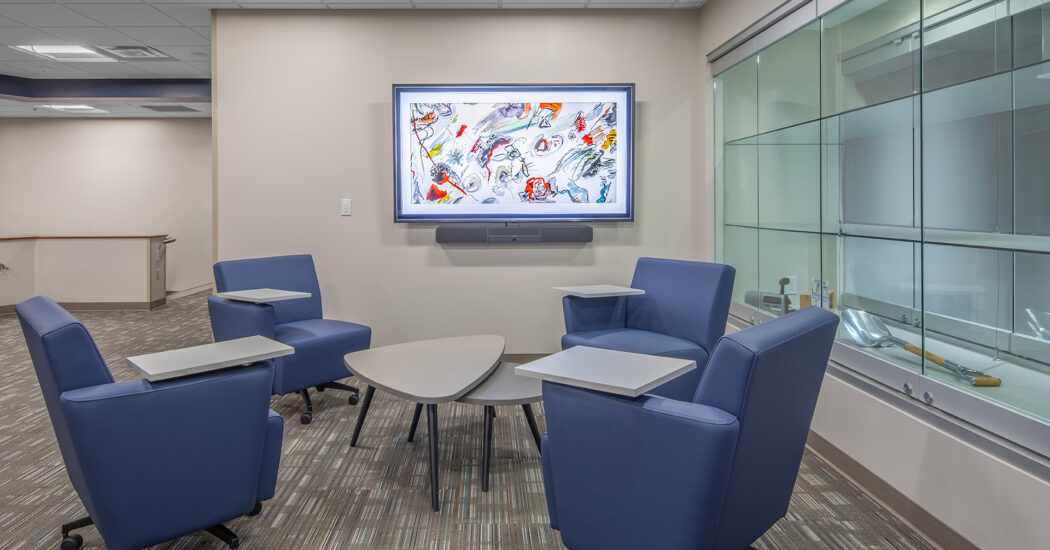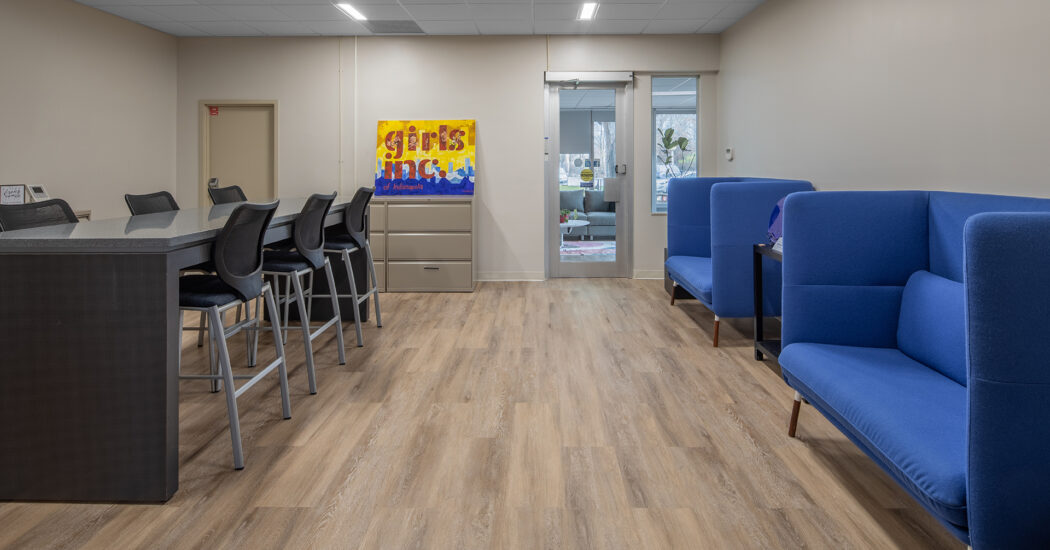How to Create Engaging, Productive Open Office Spaces
-
Category
Studio-Workplace -
Posted By
Lisa Gomperts -
Posted On
Oct 09, 2018
Open office spaces are popular, but not necessarily because they make employees feel more engaged or productive. Although, in theory, they seem to check all of the boxes, some studies show that they can be problematic for certain types of workers who may need quiet, isolated space in order to focus and feel relaxed. That doesn’t mean, however, that open office spaces can’t work.
They can.
In order to make them truly effective, they need to be designed and delivered in a way that makes everyone in the office space feel involved. New research is showing that any office space can be conducive to productivity and engagement. It turns out that it’s less about how an office space looks and much more about how the design and concept makes people feel.
According to an article published by the Harvard Business Review, this research has led to a better understanding about “place identity.” If employees connect with a space and feel like they have ownership and a sense of belonging, they automatically report “more engagement…more communication…and a stronger connection to the company.”
So, to make sure that your open office concept really gets the job done, here are a few key elements to consider:
- Adjustable Furniture and Spaces. Adjustable furniture doesn’t just mean that heights of chairs and desks can be personalized (although that’s good). Allowing open concept office spaces to be able to adapt to daily needs, like the rearranging of desks, chairs, and tables, gives employees an opportunity to make the space their own. The more versatile and multi-purpose open office space designs can be, the more likely that workers will feel comfortable to work and collaborate regularly and effectively. If a design allows for spontaneity and imagination, then there’s a better chance that the concept will flourish. It is also a good idea to offer employees a chance to get away from all the openness. There are times where they will need to focus, without interruptions that come naturally with an open office. Providing focus rooms or small conference rooms prove to be helpful spaces to include in this design.
- Meaningful Details. To make open office spaces work, employees need to feel like it has been designed with meaning. Even more importantly, open concepts need to feel purposeful and personal. To keep employees from complaining about this type of design from feeling “noisy” or “distracting”, you need to make sure they identify with the space. Achieving this type of organization-wide inclusion isn’t always possible, but the more you can collaborate with employees about the design, allowing for opportunities for input and ideas, the more they will take ownership of it. This type of ownership is what will transform the “noisy” and “distracting” descriptors to the “energetic” and “collaborative” nomers you want.
- Enthusiastic Design. When approaching a new project, especially if workers will make the transition from traditional to open workspace with you, it’s important to stay positive and enthusiastic. Conveying the why behind the changes will help employees understand the concept – and will hopefully help garner their support. While in the design phase for Ivy Tech’s Central Office, we had a demo day for staff to try out and choose from accessory options to customize their space. Research shows that the more positive leadership can be when transitioning from one office design to another, the more the employees will match their attitude.
- Be Open to Change. It is important to get users engaged early in the design process. As your open concept office space begins to take shape, it’s important to listen and acknowledge their needs. While something may have seemed like a good idea in the beginning, it could be apparent after a week or two that it isn’t functioning the way you want. Don’t resist changes. If employees offer a suggestion for how to make the space more engaging and productive, listen attentively and see if there’s a way to make the adjustment.
One of the best attributes of open office spaces is that they really do allow for better interaction between teams. This type of “cross-pollination” between groups within an organization can foster new ideas, creativity, and a sense of excitement at work.
To see more of our office work, check out our Workplace portfolio








